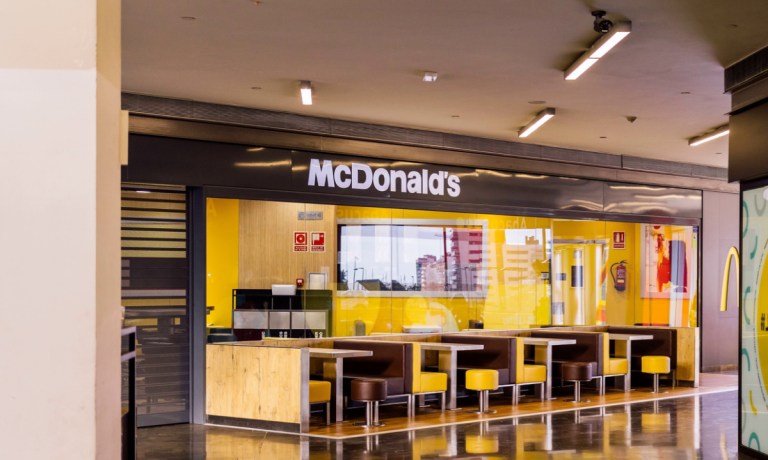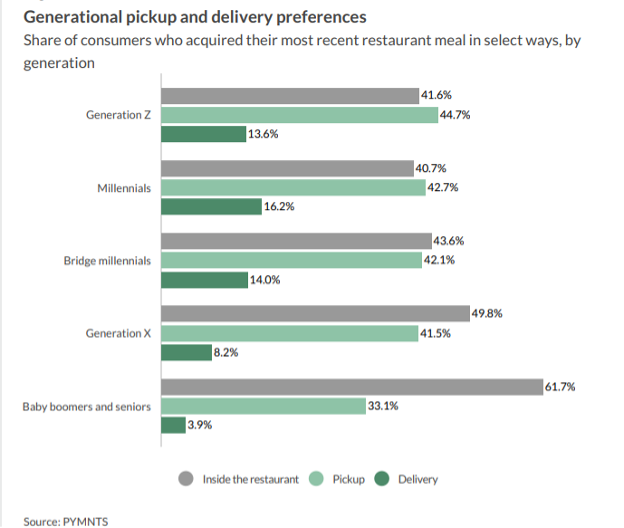
Home is where the heart is — the car, too, at least when it comes to burgers and fries.
To that end, as The Wall Street Journal reported Monday (Aug. 7) that dine-in customers at quick-service restaurants (QSR) are dwindling. Consumers are not exactly crowding the tables, as more consumers opt to pick up what they want in the brick-and-mortar setting and carry those meals out.
The Journal noted that dine-in traffic is less than 10% of the visits at McDonald’s restaurants here in the states, to offer up one example. And that means that the buildout of new locations and remodeling of older ones will be a revamp of the fast-food experience, where the focal points will be drive-thrus and carryout. For the franchise owners at McDonald’s and other marquee names such Burger King, the remodels create new footprints that are less expensive to maintain, given the smaller dining room layouts.
For the QSR companies themselves, the pivots are necessary, especially given the appeal of pickup.

As PYMNTS data have show, and vividly illustrated earlier this year in the report “Connected Dining: Rising Costs Push Consumers Toward Pickup,” nearly half of all consumers (48%) have been more likely to pick their restaurant orders up themselves rather than have them delivered due to inflation. We found that just under half of high-income consumers (those who make more than $100,000 per year) and low-income consumers (those who make less than $50,000) have shifted to pickup.
McDonald’s, for its part, said in its most recent results that same-store sales were up more than 11%, aided by digital sales in its top six systemwide markets, where digital represented more than 40% of sales in those markets. Yum’s results showed a 13% rise in same-store sales, as digital sales gained 30% in the most recent quarter.
The accompanying chart shows that pickup and delivery are, especially, favored by younger generations, as the majority of Gen Z and millennial consumers prefer those options — in fact, boomers and seniors were the only demographics to show a majority embracing the sit-down option.
But as inflation cools, there has been at least some resurgence in delivery — and to get a holistic view of that trend, aggregators may well serve as a useful barometer.
Uber’s results showed last week that its delivery segment saw some reacceleration of bookings growth, to 14%, where that rate had been 12% in the first quarter and 12% in the year-ago quarter.
There may be further room for consumers to keep ordering to-go, we note, as inflationary headwinds abate, albeit a bit unevenly. In the latest stats tied to the Consumer Price Index, the “food away from home index” rose 0.4% in June, coming down off rates of 0.6%, monthly, seen earlier this year.